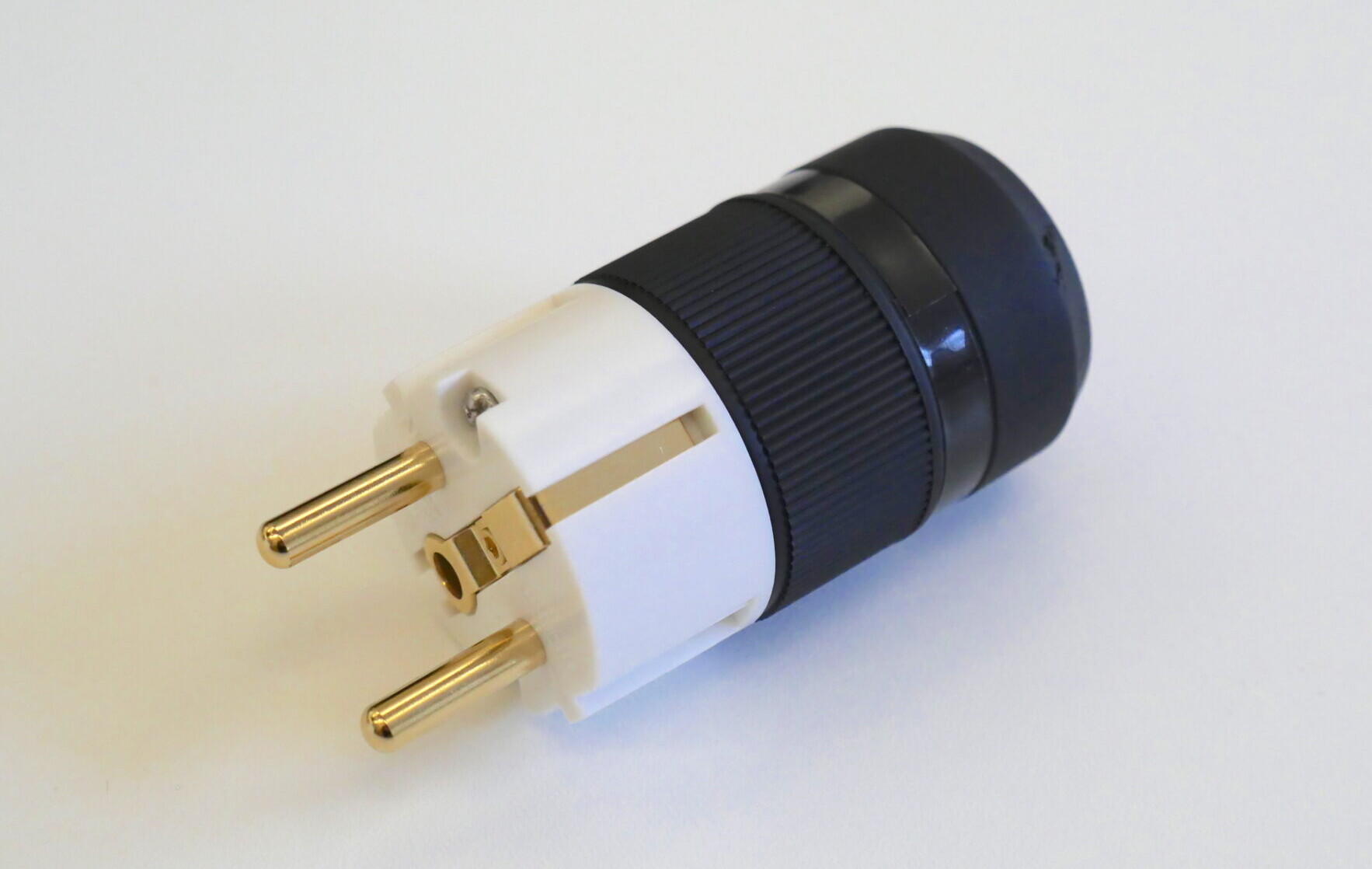What does all that mean in terms of the performance? The soundstage starts to reach forward and enfold you, including you in the same space as the orchestra. The instruments are more tonally natural, the orchestra more present, the performance more immediate and more intimate. There’s a greater sense of musical purpose and momentum. Far from being submerged by the orchestra, Zimerman’s piano is now clear, bold and articulate, his playing combining attack and precision, dynamics and delicacy to captivating affect.  The different weight he gives each note, the pace and space he brings to each phrase make you realise just why he is such a fabulous live performer – and such a respected artist. None of which you’d have known without the PowerARAY doing its thang.
The different weight he gives each note, the pace and space he brings to each phrase make you realise just why he is such a fabulous live performer – and such a respected artist. None of which you’d have known without the PowerARAY doing its thang.
More to the point, it does that thang on every system I’ve tried it on, whatever the music. The timing, the presence, the expressive range all step forward. The separate parts of the music lock step. Instruments sound more natural, the playing and the singing more human. And what’s really impressive is that all the PowerARAY is doing is revealing more of what is already there. It’s simply allowing the system to work better, be less intrusive and less subtractive.
It was a result that, in all honesty, left me surprised and slightly puzzled. This was a big step up in musical communication and the credibility of the system. Did it reflect a system issue (hence the rush to try alternative set-ups)? Had I simply forgotten how effective the various alternative options really are? Was familiarity with those pieces simply blunting my appreciation of them? All valid questions. So I assembled a bunch of notionally equivalent products from the likes of Vertex AQ and Russ Andrews and started listening. In each and every case, the PowerARAY was doing more, doing it better (and not by a small margin) as well as doing it cheaper. None of the other pieces I had present could match the coherent presence and focussed musical energy of the Chord Co. unit, an indication of just how far our understanding and the efficiency of such devices has come. So, no, I wasn’t imagining it and yes, the PowerARAY really is that good.
 Is there anything I don’t like about the PowerARAY? Nope – and there’s two other things that I really, really love. The first is that, unlike so many accessories or tweaks of this type, there’s no angst over usage, placement or set up. Plug the PowerARAY into the socket next to the one your system is running off (or into a spare socket on the distribution block) and you are good to go. It really is that simple. A/B/A comparisons are just as simple, although once you’ve inserted the PowerARAY, I don’t see you removing it willingly. The second thing I love about this unit is the fact that it treats your entire system – or at least as much of your system as is plugged into the AC supply/distribution block to which you add the PowerARAY. It works just as well on records and CDs, streaming and file replay. You get a permanent and universal lift in system performance, unlike the individual GroundARAY pieces applied to source components. The lift is also universal: I’ve yet to find a situation in which the PowerARAY doesn’t just work, but work spectacularly well. As such it isn’t a substitute for properly deployed GroundARAYs, but an addition to them, or even the starting point, the first step towards a system-wide ARAY solution. The PowerARAY is easily impressive enough to justify its use in isolation. Start adding GroundARAYs to the system too and things get really interesting.
Is there anything I don’t like about the PowerARAY? Nope – and there’s two other things that I really, really love. The first is that, unlike so many accessories or tweaks of this type, there’s no angst over usage, placement or set up. Plug the PowerARAY into the socket next to the one your system is running off (or into a spare socket on the distribution block) and you are good to go. It really is that simple. A/B/A comparisons are just as simple, although once you’ve inserted the PowerARAY, I don’t see you removing it willingly. The second thing I love about this unit is the fact that it treats your entire system – or at least as much of your system as is plugged into the AC supply/distribution block to which you add the PowerARAY. It works just as well on records and CDs, streaming and file replay. You get a permanent and universal lift in system performance, unlike the individual GroundARAY pieces applied to source components. The lift is also universal: I’ve yet to find a situation in which the PowerARAY doesn’t just work, but work spectacularly well. As such it isn’t a substitute for properly deployed GroundARAYs, but an addition to them, or even the starting point, the first step towards a system-wide ARAY solution. The PowerARAY is easily impressive enough to justify its use in isolation. Start adding GroundARAYs to the system too and things get really interesting.

